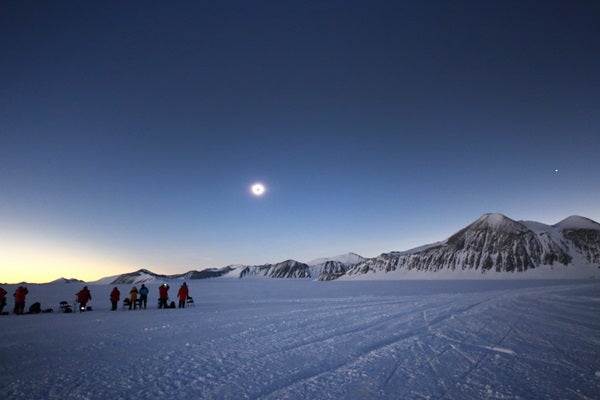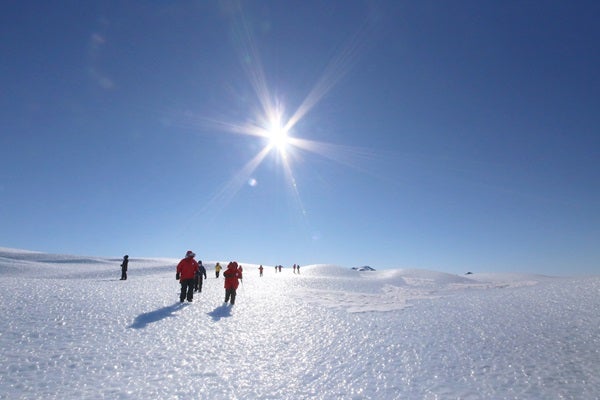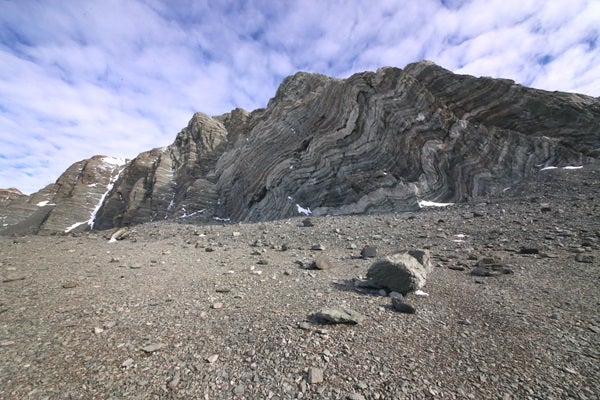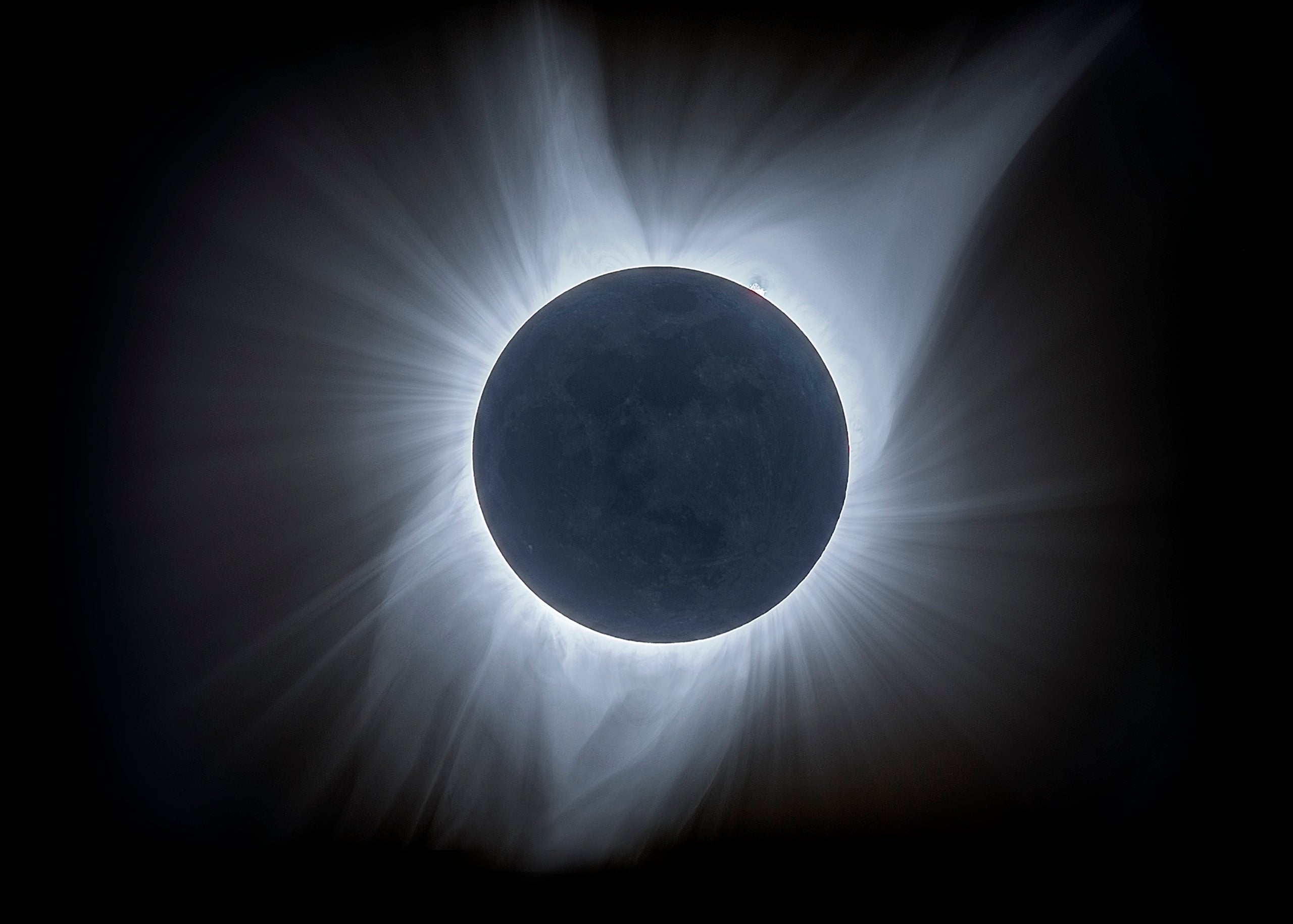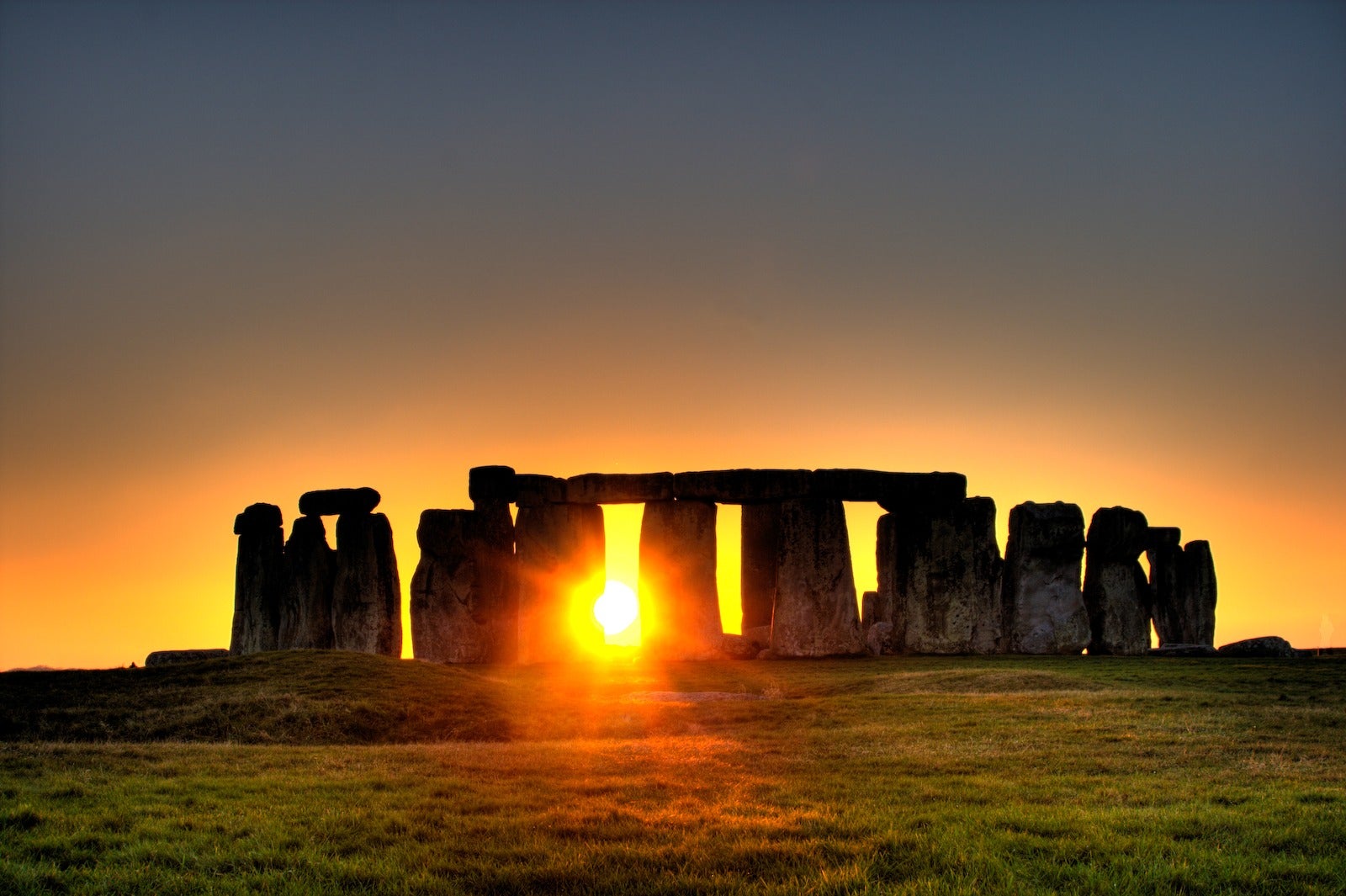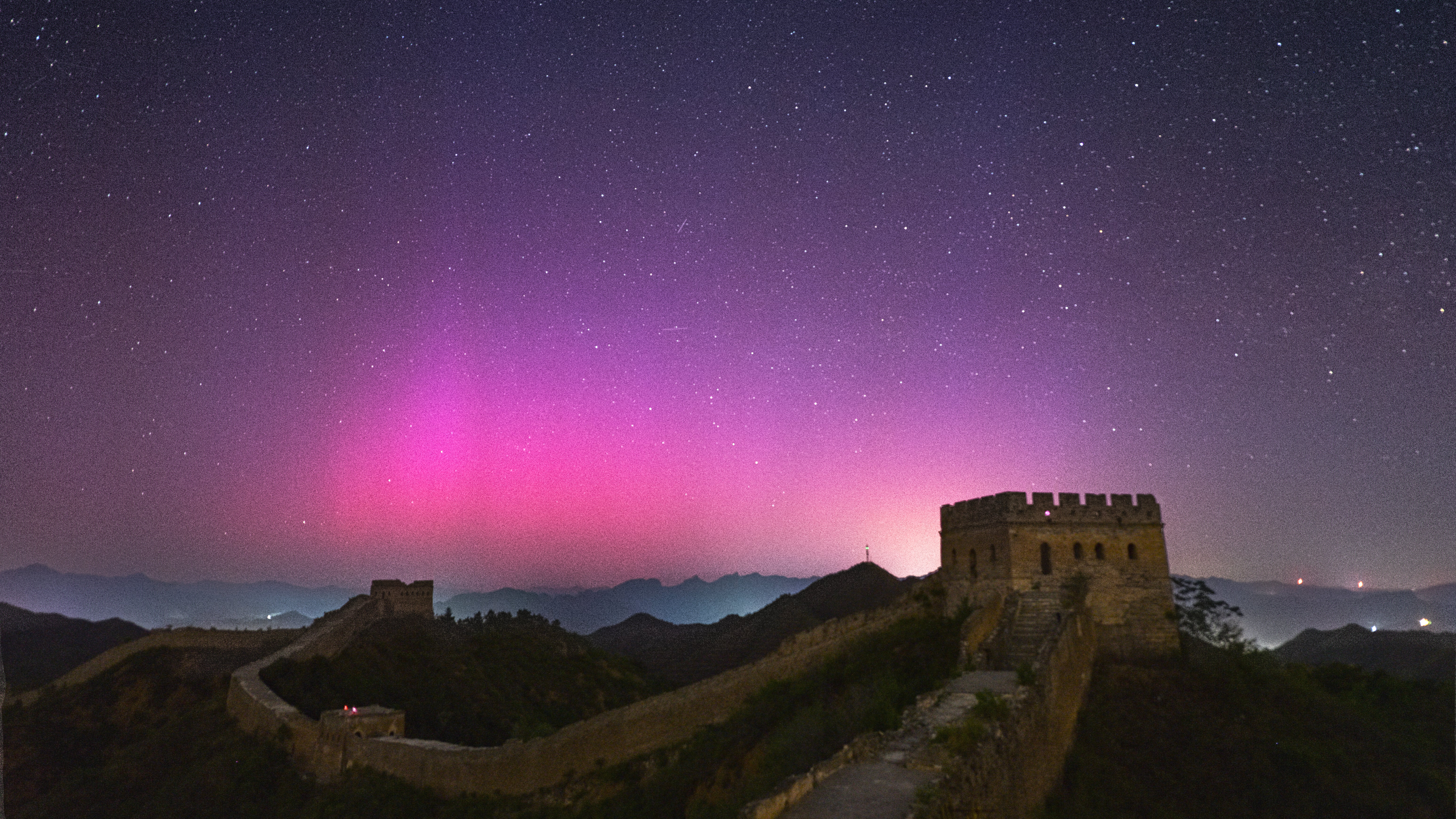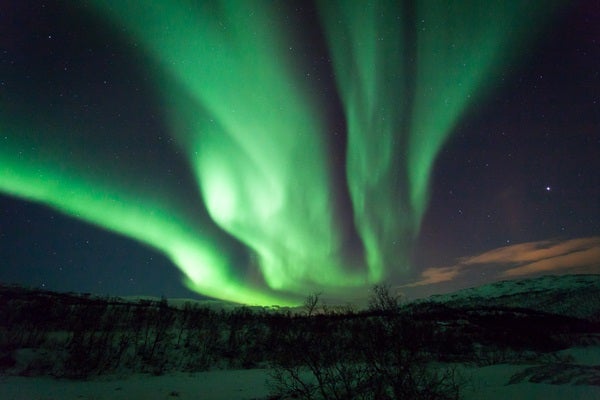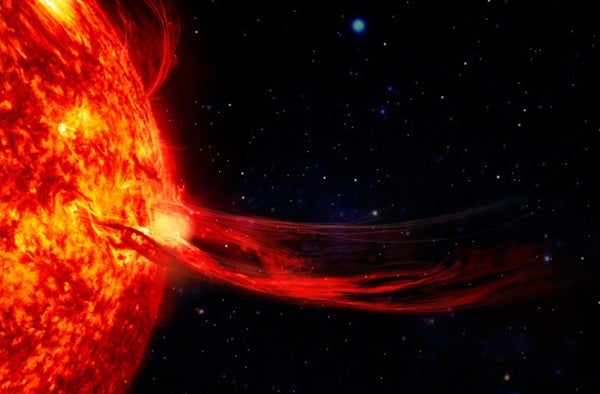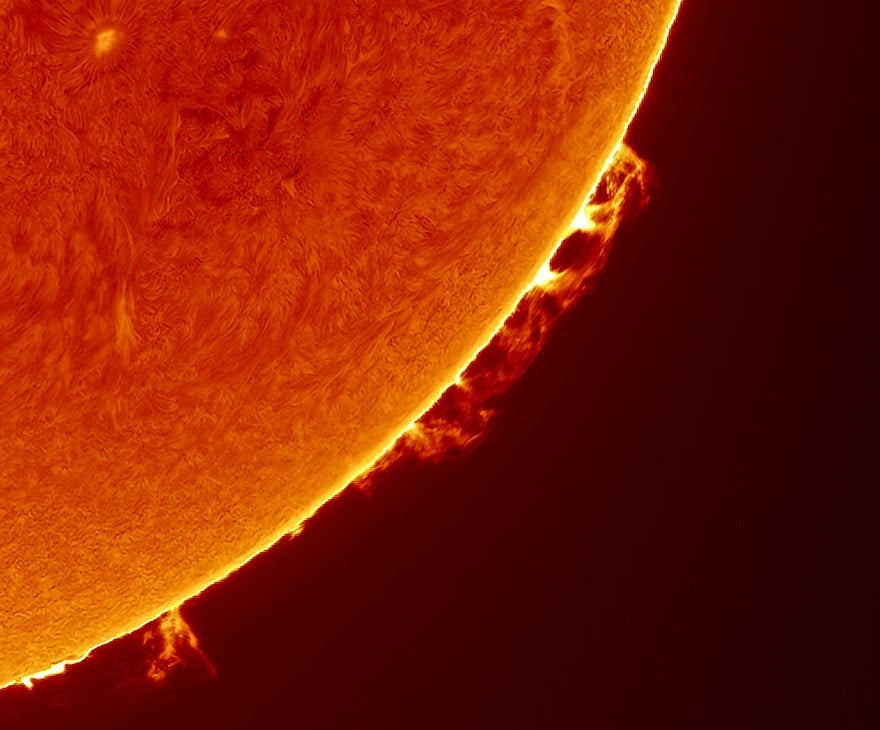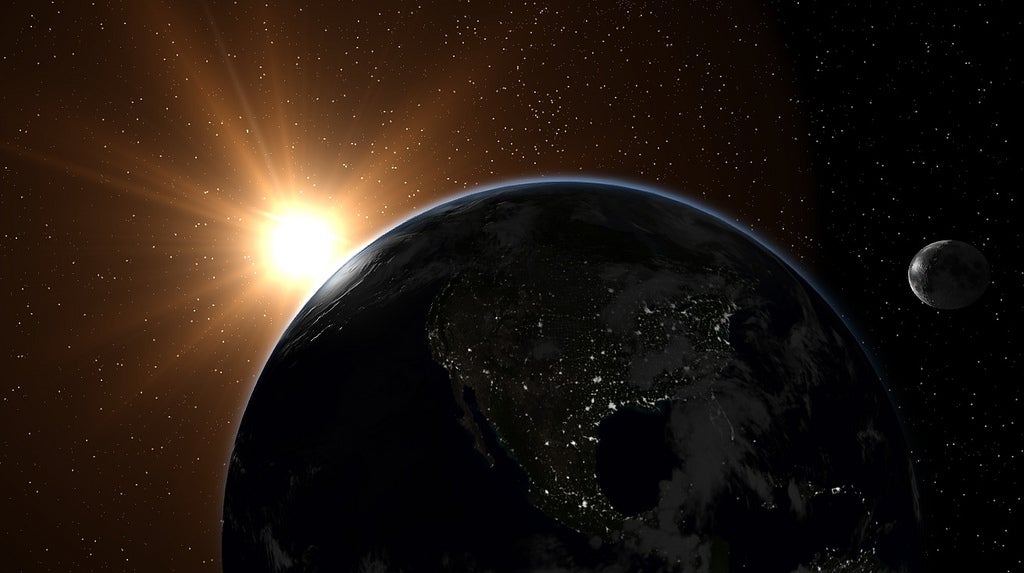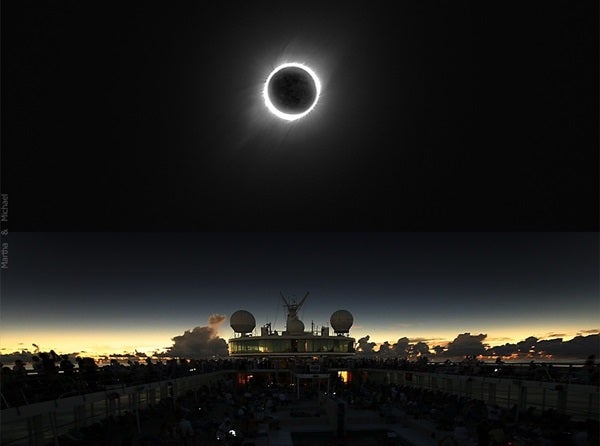“It’s going to be like going to another planet.”
Every one of my friends who had been to Antarctica said this same thing. And it was true. In December, I found myself, along with a group of about 50 astronomy enthusiasts, at the frozen base of the world chasing a total solar eclipse.
Our group descended on Union Glacier Camp, a spot between the Antarctic coast and the South Pole, located in the thin path of totality for Dec. 4’s big event. The trip was unlike any I had experienced before: chilling to the bone, yes, but also full of wonder for the sky, the solar system, and the icy wilderness of one of the most remote areas of our planet.
Traveling anywhere in the world of lingering COVID-19 is tricky, and this jaunt was especially rife with paperwork, daily PCR tests, and all manner of preparatory hoops to jump through, mostly to satisfy the Chilean government. We traveled to Santiago and then on down to Punta Arenas — more or less the southern edge of civilization — before setting off for the seventh continent. The journey was a long one, coordinated by Astronomy’s travel partner, TravelQuest International, and led by the energetic Cody Carter and Michel Girardin.
Several trips ferrying astronomy enthusiasts to see the eclipse by ship unfortunately ran into trouble due to positive COVID-19 tests on board. We heard of two such trips that were scrubbed. Our approach was different: Only in the last few years has a travel company arranged to land a Boeing 757 on the blue-ice runway at Union Glacier Camp. And that’s what we did, touching down right on the glacier. We were not only tested every day (and before leaving for Chile at the trip’s beginning), but also on the plane and after arrival. We subsequently learned that a single positive result would have canceled the trip for all parties.
Onto the ice
We landed on the ice on Monday, Nov. 29, with eclipse day, Dec. 4, a ways off. This time of year is summertime in the Southern Hemisphere, so temperatures were as mild as one could dream of in such a place. Nonetheless, it was cold. The highs during the day typically ranged between 0 degrees Fahrenheit (–18 degrees Celsius) and 20 F (–7 C), and the sunshine was constant. The only darkness we would see from the ice would be during the eclipse itself.
Requirements for Antarctic travel are firm. One needs a whole wardrobe of gear and must don multiple layers of clothing at all times. Aside from already cold air temperatures, the wind chill could make it feel vastly colder, especially on expeditions that ventured away from the relatively placid camp. Thermal underwear, three pants, fleece layers, multiple glove and hat options, a heavy down polar overcoat, buffs to cover the face, heavy polar boots, and a thermal, insulated, two-layer sleeping bag were all necessary. We slept in two-person tents warmed a bit by solar radiation, but comfy sleep required tucking in snugly with just mouth and nose exposed.
The flight from Punta Arenas to Union Glacier Camp was a four-hour trek, seemingly quick compared with the flights from the U.S. down to Chile. And as we approached Antarctica, our first glimpses of the continent were exhilarating. We spied large mountains heavily dusted in snow along the coast, giving us chills in anticipation of what was to come.
Landing a fully loaded 757 on a miles-long blue-ice runway was an interesting experience. As we approached Union Glacier Camp and lost altitude, the plane set down gently and rolled along, and we continued slowing for a long time as the thrust reversers deployed. Eventually we rolled to a stop and prepared to deplane with all our heavy gear on. The first moments in Antarctica were very chilling; a significant wind greeted us as we deplaned. And the runway ice was extremely slick — care had to be taken with steps, even in our heavy polar boots.
We piled into trucks for the short journey to the camp itself. The vehicles were vanlike but fitted with oversize, heavy tires, or tracked vehicles. Driving in Antarctica requires caution: The pathways are clearly marked with flags, as only certain routes have been explored with radar to ensure crevasses do not lurk under the surface.
The camp itself was relatively nice, considering our remote location. A tour enabled us to pile equipment into our tents, and see the common buildings and the toilet and shower facilities. The common buildings included a Quonset hut used as a dining facility and kitchen, with strictly adhered-to meal times, and another containing a library that was also used for talks. Hygiene was carefully planned: the rule was a shower only every second or third day, and on expeditions, one had to cart a pee bottle along in case deposits had to be made along the way.
Adventures in Antarctica
What do astronomers do in a perpetually illuminated landscape for several days before a big eclipse event? Explore, explore, explore, of course. In Punta Arenas, we had stayed in a hotel steps from the past adventures of Robert Scott, Roald Amundsen, Ernest Shackleton, and other explorers. Now we could go on our own version of their journeys.
Generally speaking, on our adventures away from camp, temperatures were colder and winds much stronger than we had at home. Thus, we had to be dressed in the heaviest combination of clothes we’d brought. The temps hovered around 0 to –5 F (–17 to –21 C) or a little colder, and with stiff winds, the chill could be down to –30 F (–35 C) or –40 F (–40 C).
So, bundled up, on the first whole day on the ice, we headed off to see the Drake Icefall. The sky above us was clear as a bell as we trucked some 45 minutes to get to the site. Distances in Antarctica are very deceiving. The atmosphere is so clear and the lines of sight so good that you can see a mountain 10 miles (16 kilometers) away and it looks like you could just walk right over to it. The Drake Icefall is a huge cliff of ice about 2.5 miles (4 km) wide that rolls off a height and helps to feed the slow movement of Union Glacier. It is in the Heritage Range of mountains, forming part of the Ellsworth Mountains. We hiked about an hour, assisted by tiny crampons called “microspikes,” and a ski pole for extra stability.
Expeditions over the following days took us to a variety of Antarctic locations, showing us the kinds of mountains, ice pools, glacial features, and rocks that lie scattered over the region of our camp. We next ventured to the Charles Peak Windscoop, which, as its name suggests, helps to funnel energy into the glacier, and is a treasure trove of geological features. The complex overlain terrain showed us not only blue-ice glaciers, but melt ponds, moraines, sloped mountains, and hard snowpack. Wind erosion plays interesting tricks with the surfaces, creating a dimpled ice surface to walk on, again requiring microspikes and care to navigate.
Subsequent excursions provided some higher elevation climbs, areas of concentrated rocks, and more. The next day carried us to one of the most absorbing areas, Rhodes Bluff. This bare rock bluff stands 2 miles (3.2 km) northwest of Mount Dolence and offered an area where we could walk along and examine zillions of fragments of metamorphic and sedimentary rocks, including some fossils. The day was cloudy, solidly so for the first time since we had landed, and this pumped up our blood pressure. We were now two days from the eclipse.
The day before the eclipse, I delivered a lecture on what to expect during the event. We also visited the Buchanan Hills. This cluster of mounds north of Union Glacier gave us a rugged test. Facing incredible cold and wind, we marched along a raised ridge and were told by the guides that if we went over the ridge, down onto the glacier, we would certainly be killed. Thankfully none of us did, and we imagined the high altitude paired with bitter cold and wind approximated what one might find at base camp at Everest.
Eclipse day
First contact would occur at 3:53 A.M. on Saturday, Dec. 4, and so we set alarms to get up at 1:30 A.M. We awoke to an enormous sense of relief: Gone were the clouds, and we had an azure-blue sky all the way to the horizon. We gathered equipment and piled into trucks, traveling about 2 miles (3.2 km) to the eclipse-observing site. It was cold that morning, about 2 F (–17 C), and windy, which made the pre-eclipse viewing slightly challenging. Thankfully we had a temporary building at the site with warm beverages. But we had already won the day — a photometrically clear sky horizon to horizon.
First contact always conveys a bit of magic. Even experienced eclipse chasers seem swayed by the alignment of Moon, Sun, and Earth, as the first bite is taken out of the Sun’s disk. The partial phase went on for nearly an hour, until suddenly, we had a nice diamond ring flash and the beginning of totality.
It was a perfect view of the eclipse. The sky remained fairly light, with a flash of thin, reddish chromosphere ringing the Sun and a smallish, circular corona. As with every eclipse, totality seemed emblazoned on the mind but went quickly, a literal 46 seconds from our site. Mercury appeared like a tiny gem near the Sun and Venus was brilliant farther down the ecliptic, but the relatively bright eclipsed sky revealed only a small number of stars.
After totality, the celebration began in earnest. Our group had traveled to the bottom of the planet, gone through unprecedented restrictions, tests, and trials to be there, and conquered. An ecstatic crowd relished the experience, happy in the success they tasted and looking forward to the big American eclipse of 2024 and beyond.

